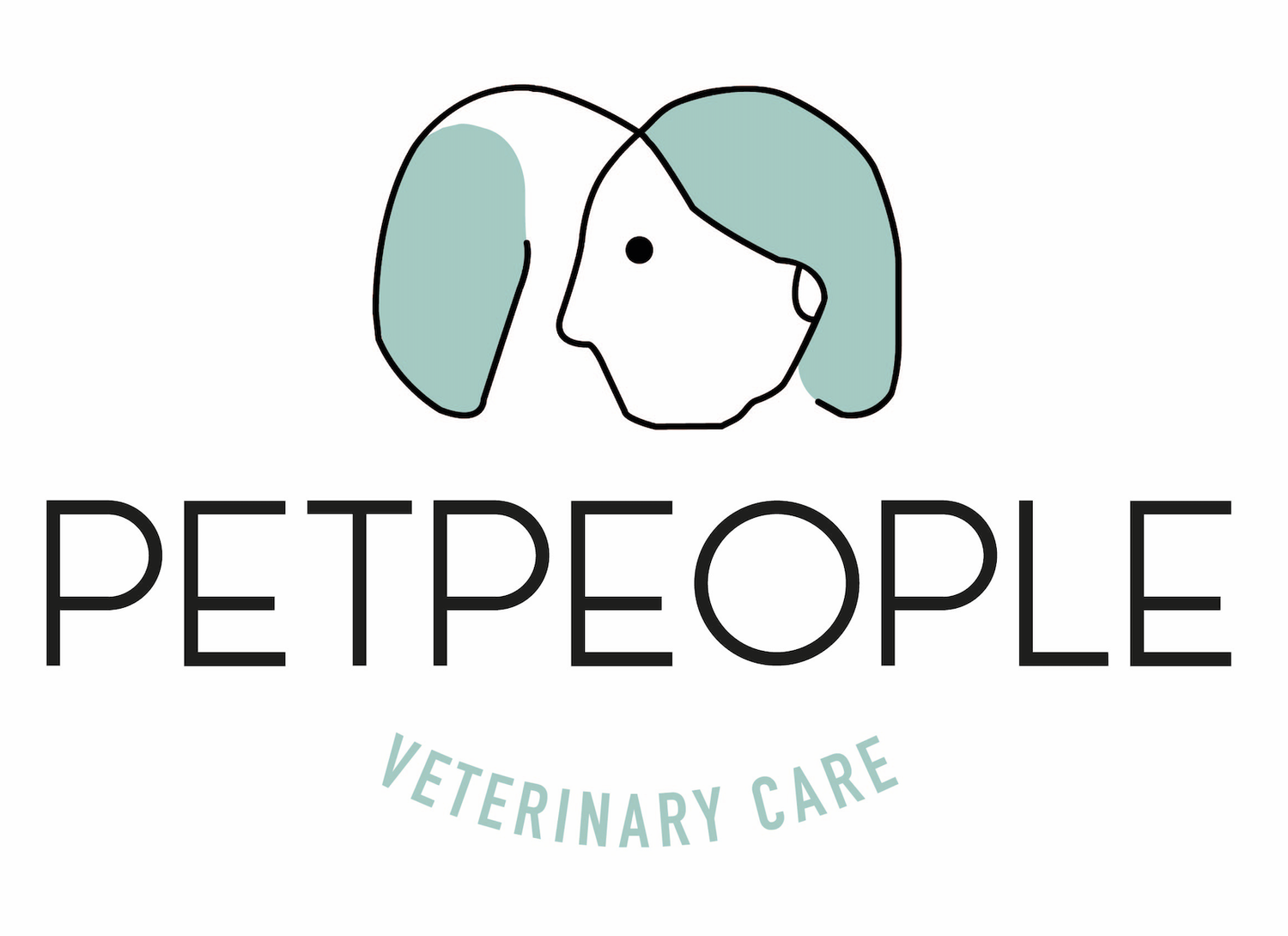Elbow Dysplasia in Dogs: Understanding Genetic and Environmental Factors
We often see elbow dysplasia contributing to lameness in dogs in our practice here in East Sheen. This condition, rooted in both genetics and environmental factors, requires careful management to ensure the well-being of affected dogs.
Genetic Factors Influencing Elbow Dysplasia
Elbow dysplasia is primarily genetic. Certain breeds like Labradors, Golden Retrievers, and German Shepherds are more prone to this joint disorder. The condition stems from complex genetic factors that affect the development of the elbow joint. Improper joint formation due to these genetic influences often leads to the uneven distribution of stress in the joint, increasing the likelihood of a dog becoming lame.
Environmental Impact on Elbow Dysplasia
Environmental elements play a significant role in the development and severity of elbow dysplasia:
- Nutrition: Rapid growth from a high-calorie diet during puppyhood can exacerbate joint issues in predisposed breeds.
- Exercise: Excessive or inappropriate exercise in growing puppies can strain the developing elbow joints.
- Body Weight: Overweight dogs face higher stress on their joints, worsening elbow dysplasia symptoms.
- Physical Trauma: Injuries to the elbow can also contribute to the condition.
Managing Elbow Dysplasia
Prevention and management of elbow dysplasia requires an understanding of both the genetic and environmental factors.
Engaging in responsible breeding practices is crucial, as is ensuring balanced nutrition, appropriate exercise, and maintaining a healthy weight for your dog.
It's important to note that the signs of elbow dysplasia often become apparent during puppyhood or adolescence. As such, early intervention is essential, particularly if you observe signs of lameness or discomfort in your dog during these developmental stages. Detecting and addressing the issue early can significantly improve management outcomes and overall quality of life.
Pet People Thoughts
Elbow dysplasia is a common cause of lameness in dogs. If you suspect your dog might be suffering from elbow dysplasia, the team at Pet People Pro is here to help. Our expert team are equipped to assess your dog’s condition and discuss a range of treatment options tailored to their needs.
Don’t wait for your dog’s condition to worsen. Reach out to us for a comprehensive evaluation and to explore the best management strategies for your pet.

